Introduction to the Hypoglycemia Fear Survey-II (HFS-II)
The Hypoglycemia Fear Survey-II (HFS-II) assesses the emotional and behavioral consequences of hypoglycemia in individuals with diabetes and their family members. Initially developed by D.J. Cox, A. Irvine, L. Gonder-Frederick, G. Nowacek, and J. Butterfield, this instrument was adapted from its 1987 precursor and subsequently published in its current form in 1998. Over time, it has garnered more than 1,000 academic citations, solidifying its status as a gold-standard measure for evaluating how hypoglycemia-related fear affects daily functioning, decision-making, and mental health in diabetes management.
Key Features of the Hypoglycemia Fear Survey-II
Several key features characterize the HFS-II, making it a robust instrument for evaluating hypoglycemia fear. Researchers and clinicians must understand these attributes to use the tool effectively.
Purpose and Use
The HFS-II systematically evaluates both emotional distress and behavioral patterns associated with hypoglycemia (low blood sugar episodes) in patients with type 1 or type 2 diabetes. Beyond clinical applications, healthcare professionals frequently modify this instrument for use with family members, thereby uncovering the wider psychosocial ramifications of hypoglycemia anxiety within familial systems.
Target Population
The standard HFS-II targets diabetes patients aged 13 and above.
Structure
Developers designed the HFS-II’s 33 items to measure various dimensions of hypoglycemia fear.
Regarding its structure, the HFS-II assesses fear across two main domains: Diabetes Management and Psychological Well-being. Additionally, The HFS-II further divides into two critical subscales:
- Behavior Subscale (HFS-B): This subscale includes 15 items that relate to behaviors individuals might adopt to avoid hypoglycemic episodes and their potential negative consequences.
- Worry Subscale (HFS-W): This subscale contains 18 items focusing on specific concerns and anxieties about hypoglycemic episodes.
Scoring and Interpretation
The scoring of the HFS-II is straightforward, allowing for quantitative assessment of hypoglycemia fear. Each of the 33 items is rated on a five-point Likert scale, ranging from 0 (“never”) to 4 (“always”).
Subscale and Total Score Calculation: The HFS-II yields scores for its two subscales and a total score. These are calculated by summing the responses for the relevant items:
- Behavior Subscale (HFS-B) score range: 0–60.
- Worry Subscale (HFS-W) score range: 0–72.
- HFS-II Total Score range: 0–132.
Interpretation of Scores: Higher scores on the HFS-B, HFS-W, and the total HFS-II consistently indicate a greater fear of hypoglycemia. The questionnaire does not have pre-defined cut-off scores for diagnostic categories; rather, the scores are used to gauge the level of fear and its behavioral impact.
Administration of the Hypoglycemia Fear Survey-II Questionnaire
- Administration Time: It typically takes approximately 10-15 minutes for a patient to complete the questionnaire.
- Administration Format: The HFS-II is versatile and can be administered in various formats, including paper-based, digital (online or computer-based), and through an interview (either face-to-face or by telephone), technically it is available in all formats. This flexibility ensures its applicability across diverse settings and patient capabilities.
- Training Required: No special training is required to administer or interpret the HFS-II.
Clinical Utility and Diverse Applications of the Hypoglycemia Fear Survey-II
The HFS-II serves multiple important functions in both clinical diabetes management and research settings, offering valuable insights into patient experiences with hypoglycemia fear.
- Screening for Fear of Hypoglycemia: Clinicians can use the HFS-II to effectively screen individuals with diabetes for clinically significant fear of hypoglycemia. This allows for early identification of patients who might benefit from targeted interventions.
- Monitoring Changes in Hypoglycemia Fear: The survey is useful for monitoring changes in fear levels over time, for example, in response to educational programs, technological interventions (like continuous glucose monitors), or psychological support.
- Facilitating Research on Hypoglycemia: The HFS-II is extensively used in research to understand the prevalence and predictors of hypoglycemia fear, its impact on diabetes self-management behaviors, quality of life, and glycemic control. While the table does not explicitly mark “Treatment Planning” under clinical utility, understanding fear is a crucial first step in planning supportive interventions
Languages and Availability
To serve diverse populations, developers have translated and validated the HFS-II in many languages worldwide. It is available in at least 42 languages, including:
- Arabic
- English
- Spanish
- French
- German
This broad linguistic accessibility significantly enhances its utility in international research and diverse clinical settings.
Reliability and Validity
Extensive research demonstrates the HFS-II’s reliability and validity for assessing hypoglycemia fear, with numerous studies confirming its strong psychometric properties.
Furthermore, the HFS-II shows excellent internal consistency across studies. For instance, Gonder-Frederick et al. (2011) reported α = 0.90 in their Type 1 Diabetes validation, while later studies confirmed α = 0.93 overall. Together, these consistently high values confirm that the survey items reliably measure hypoglycemia fear.
Key Validation Studies for HFS-II
Several key studies have established and confirmed the psychometric robustness of the HFS-II:
- The foundational validation for the HFS-II in adults with Type 1 diabetes was detailed by Gonder-Frederick et al. (2011) in Diabetes Care. This study highlighted its reliability and validity in this specific population.
- Further explorations, such as the study by Maclean et al. (2022) in Diabetes Care, have utilized the HFS-II to examine hypoglycemia subtypes in Type 1 diabetes, reinforcing its research utility.
- The HFS-II has also been validated in diverse cultural contexts. For instance, Lam et al. (2017) published the psychometric validation of the HFS-II in Singapore in BMJ Open Diabetes Research & Care, demonstrating its cross-cultural applicability.
- The original Fear of Hypoglycemia survey, from which the HFS-II was developed, was introduced by Cox et al. in 1987.
These validation studies underscore the HFS-II’s credibility as a scientifically sound tool for clinicians and researchers.
Availability of Other Versions
Besides the standard HFS-II for adults and adolescents (13+), several other versions cater to specific populations impacted by hypoglycemia fear:
- HFS-II (adults)
- CHFS WITH PART II (CHILD / TEEN) for children and teenagers
- PHFS- II (PARENT) for parents of children with diabetes
- HFS-98 (PARTNERS) for partners of individuals with diabetes
Limitations
Despite its many strengths, the HFS-II has certain limitations that users should consider:
- Self-Report Measure: As a self-report instrument, responses may be influenced by patient recall bias, current emotional state, or understanding of the questions.
- Cultural Bias: The measure may be subject to cultural bias, and while translated into many languages, cultural nuances in expressing fear or worry might affect responses.
- Length (Too Long): With 33 items, some patients might find the questionnaire somewhat lengthy, which could be a factor in settings requiring very brief assessments. The administration time is estimated at 10-15 minutes.
- Lack of Sensitivity to Change: The questionnaire may sometimes exhibit limited sensitivity to subtle changes in fear levels, particularly over short periods or with interventions that have modest effects.
- Narrow Focus (Limited Domains Covered): The HFS-II specifically measures fear of hypoglycemia, encompassing behavioral avoidance and emotional worry. It does not capture broader diabetes-related distress, such as anxiety about insulin injections or social stigma, which are covered by other tools like the Problem Areas in Diabetes (PAID) scale or the Diabetes Distress Scale (DDS).
- Social Desirability Bias: Patients may consciously or unconsciously provide responses that they perceive as more socially acceptable, potentially underreporting their fear or avoidance behaviors.
Acknowledging these limitations is crucial for the appropriate application and interpretation of HFS-II results.
Cost and Licensing
Understanding the terms of use is essential for researchers and clinicians considering the HFS-II.
- Cost and Permission: The HFS-II requires permission for use. There is no fee for students and doctors who wish to use the survey in their own research or clinical setting; however, they still need to obtain permission. For use by organizations, a licensing fee is applicable.
- Publisher and Licensing Body: The University of Virginia Licensing and Ventures Group partners with HFS-Global to license and distribute the HFS-II.
- License Type: The questionnaire operates under a proprietary licensing model for commercial or organizational use. For academic or clinical non-commercial purposes, it is free to use with permission and aligns with Creative Commons (CC BY) principles for these uses, allowing sharing and adaptation with proper attribution.
Additional Resources
For researchers and clinicians interested in utilizing or learning more about the Hypoglycemia Fear Survey-II (HFS-II), the following resources are particularly valuable:
- Original HFS-II Validation Study (Adults with Type 1 Diabetes): Link
- Questionnaire Example/Access: An example of the survey is available within resources like the ADA Mental Health Workbook (Chapter 4, page 18 onwards): ADA Mental Health Workbook HFS-II. Official access is through HFS-Global.
- Inquiries and Licensing: For inquiries, permissions, and licensing, contact HFS-Global. The official survey page.
- Original Fear of Hypoglycemia Survey (HFS-I): Link
Frequently Asked Questions (FAQ)
- Who can use the HFS-II?
Clinicians, researchers, and healthcare providers can use the HFS-II for individuals (aged 13 years and above) diagnosed with type 1 or type 2 diabetes. Specific versions are also available for children/teens, parents, and partners of individuals with diabetes. - How long does it take to complete the HFS-II?
The HFS-II typically takes about 10-15 minutes for an individual to complete. - How is the HFS-II administered?
Users can complete the HFS-II through multiple formats—paper forms, digital platforms, or interviews (in-person, phone, or video). The tool’s self-administered design requires no specialized training. - Is there any cost to using the HFS-II?
For students, clinicians, and researchers using it in academic or clinical settings, there are no fees, but permission from HFS-Global is required. For commercial or organizational use, a licensing fee applies. - What are some related questionnaires to the HFS-II?
Other questionnaires that assess aspects of diabetes-related psychological well-being include the D-FISQ (Diabetes Family Impact and Support Questionnaire) and the Diabetes Distress Scale (DDS). These tools may cover different or broader aspects of the psychosocial impact of diabetes.- Modified Rankin Scale (mRS)
- Barthel Index
- Functional Independence Measure (FIM™)
- NIH Stroke Scale (NIHSS)
- Pediatric Stroke Outcome Measure (PSOM) (specifically for children)
A word from ResRef
The Hypoglycemia Fear Survey-II (HFS-II) serves as a validated tool for evaluating fear and avoidance behaviors related to hypoglycemia in diabetes patients. Notably, clinicians and researchers value its ability to provide comprehensive insights into emotional and behavioral responses, which in turn support evidence-based clinical decisions. While the HFS-II offers valuable data, it’s important to note that its reliance on self-reported measures and potential cultural limitations require users to interpret results cautiously. Therefore, experts recommend integrating these findings with other clinical assessments for optimal patient care.
References
- Cox DJ, Irvine A, Gonder-Frederick L, Nowacek G, Butterfield J. Fear of hypoglycemia: quantification, validation, and utilization. Diabetes Care. 1987 Sep-Oct;10(5):617-21. doi: 10.2337/diacare.10.5.617. PMID: 3677982. Link
- Linda A. Gonder-Frederick, Karen M. Schmidt, Karen A. Vajda, Megan L. Greear, Harsimran Singh, Jaclyn A. Shepard, Daniel J. Cox; Psychometric Properties of the Hypoglycemia Fear Survey-II for Adults With Type 1 Diabetes. Diabetes Care 1 April 2011; 34 (4): 801–806. Link
- Lam AYR, Xin X, Tan WB, Gardner DS, Goh SY. Psychometric validation of the Hypoglycemia Fear Survey-II (HFS-II) in Singapore. BMJ Open Diabetes Res Care. 2017 Jun 8;5(1):e000329. doi: 10.1136/bmjdrc-2016-000329. PMID: 28761646; PMCID: PMC5530240. Link
- Rory H. Maclean, Peter Jacob, Pratik Choudhary, Simon R. Heller, Elena Toschi, Dulmini Kariyawasam, Augustin Brooks, Mike Kendall, Nicole de Zoysa, Linda A. Gonder-Frederick, Stephanie A. Amiel; Hypoglycemia Subtypes in Type 1 Diabetes: An Exploration of the Hypoglycemia Fear Survey-II. Diabetes Care 1 March 2022; 45 (3): 538–546. Link


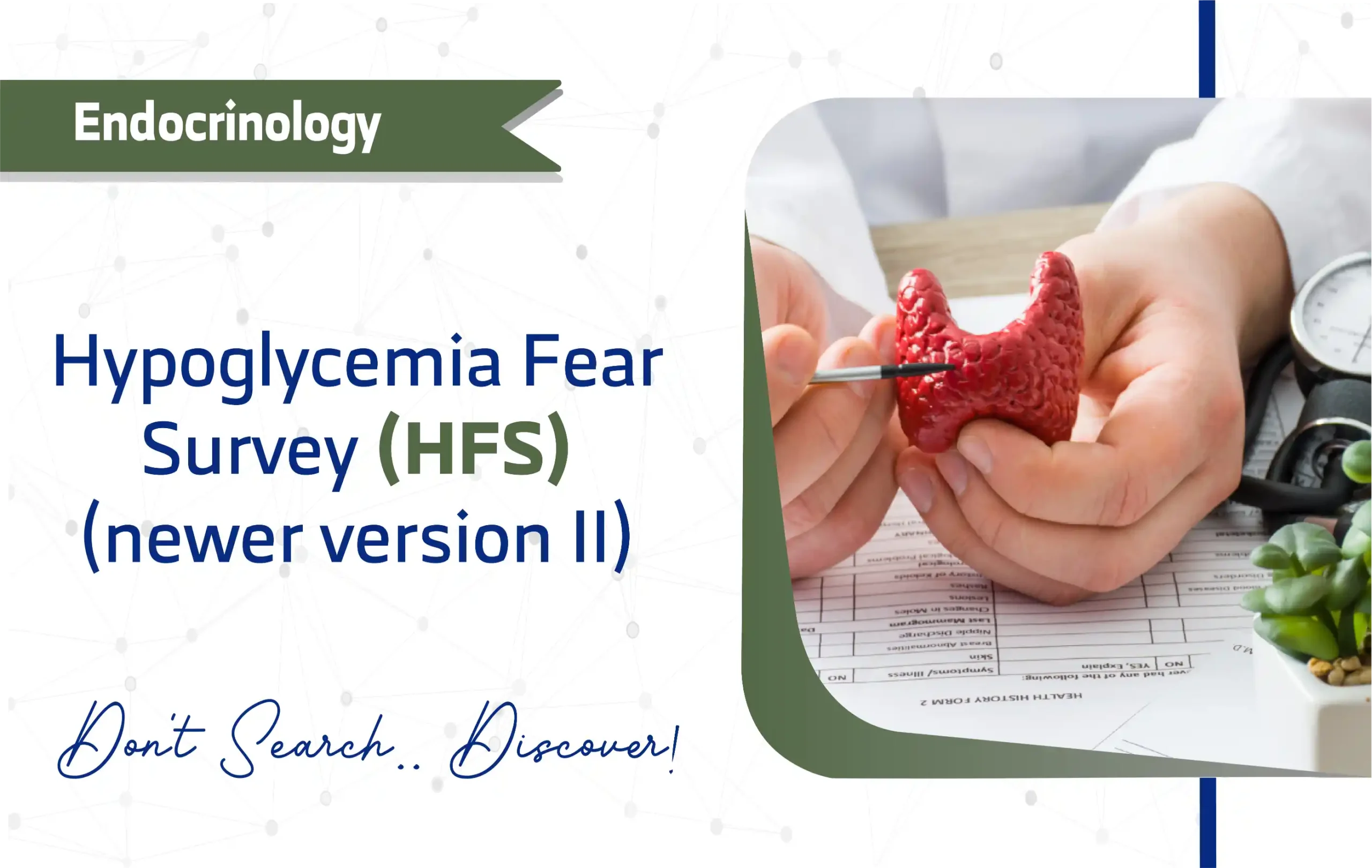
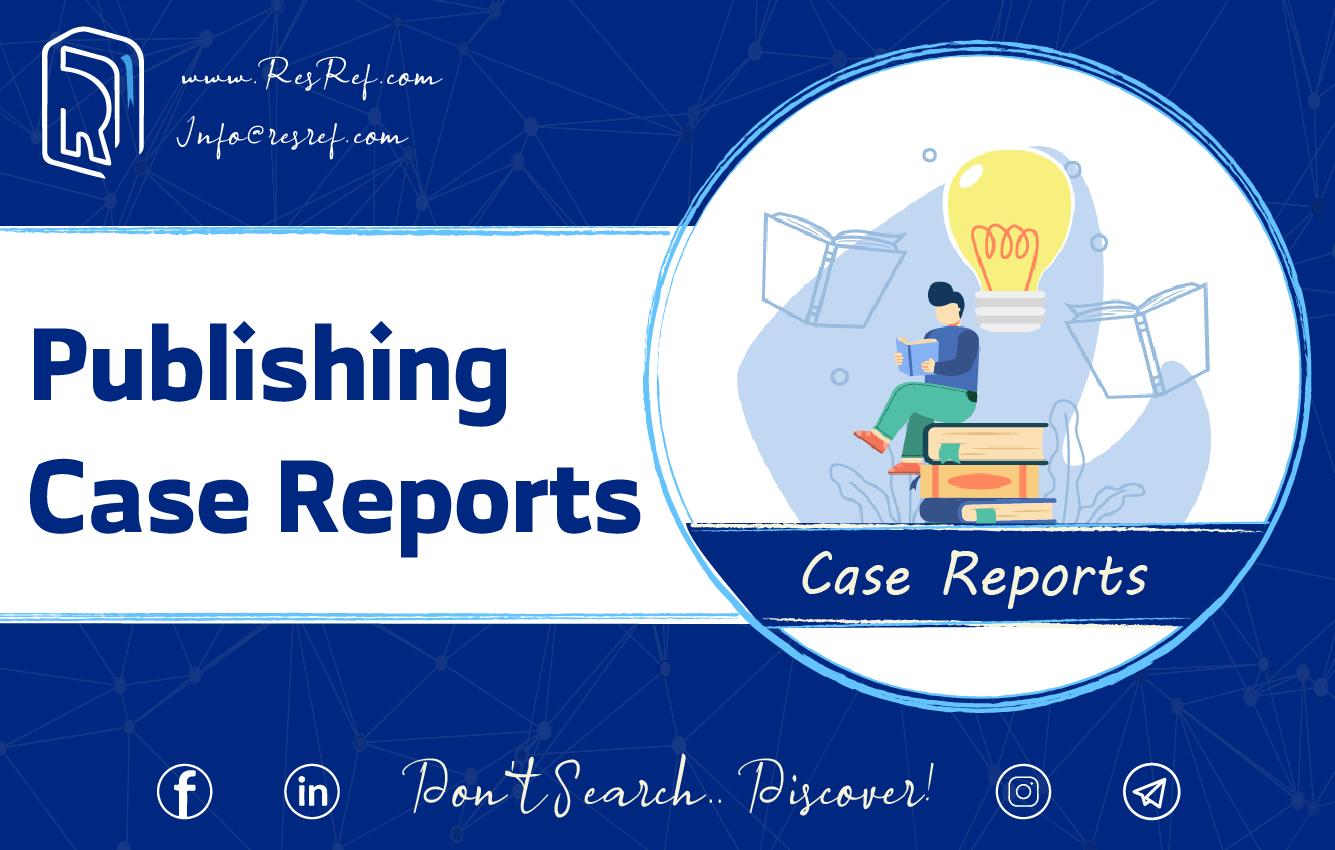
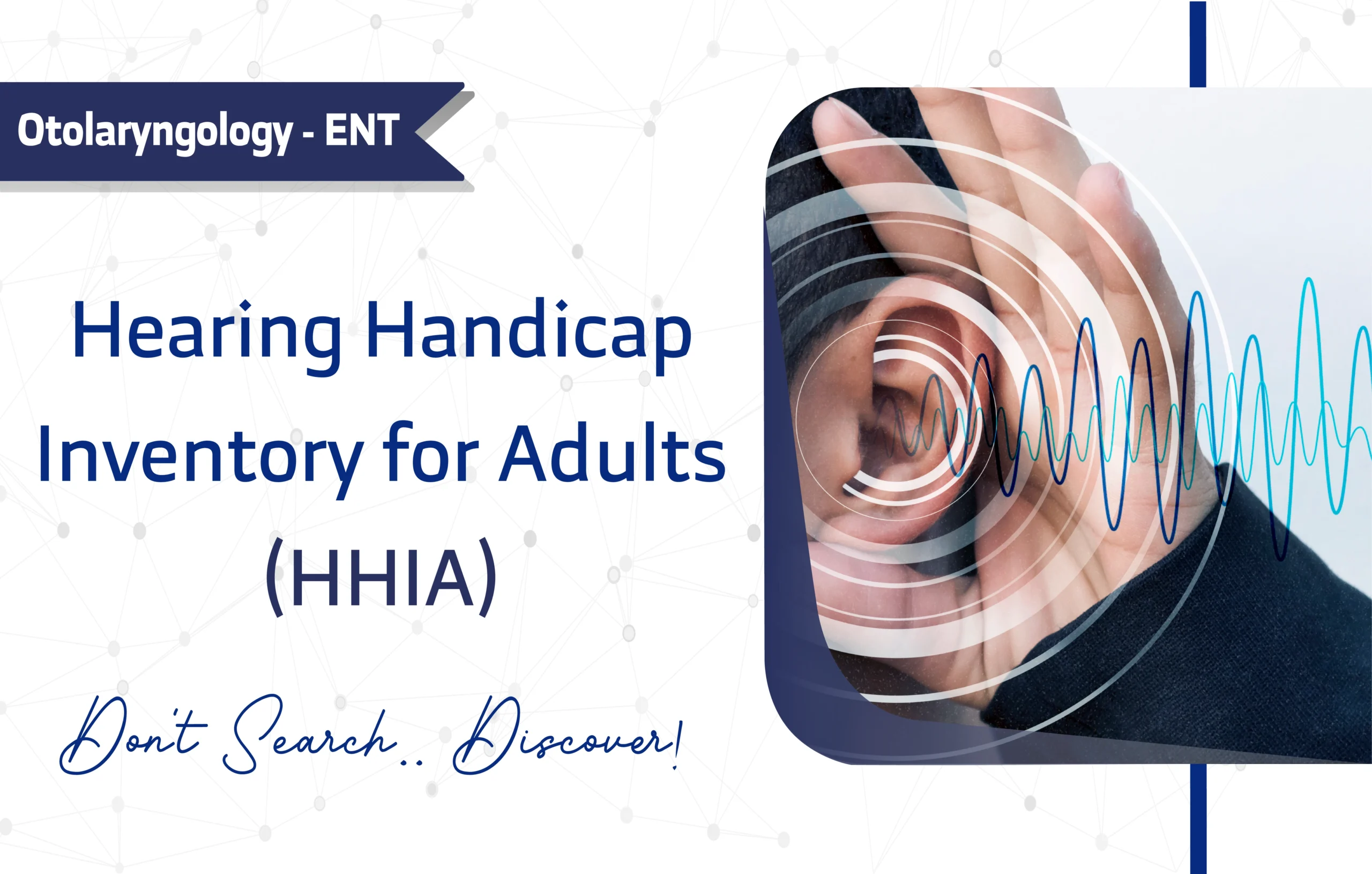
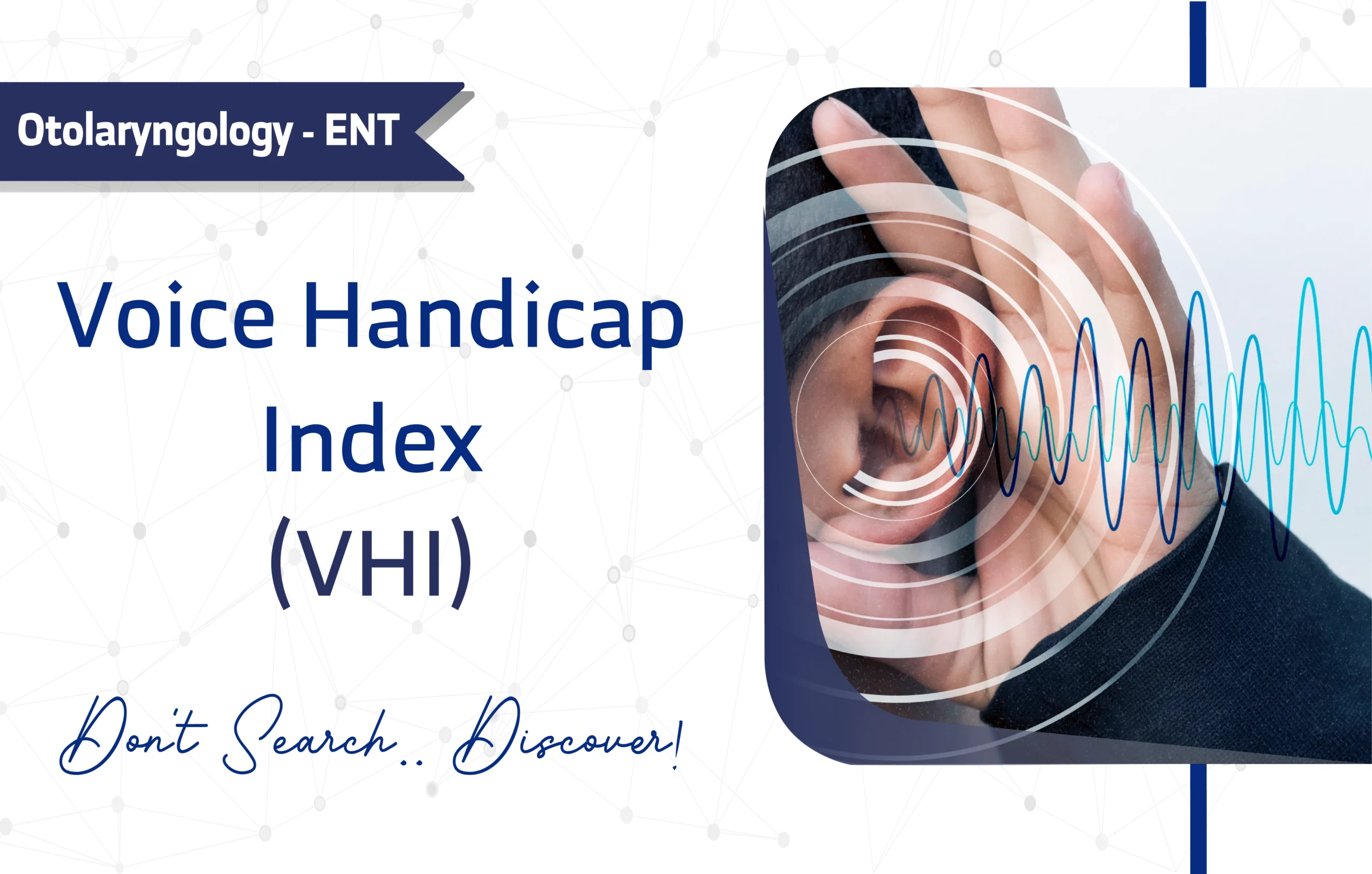
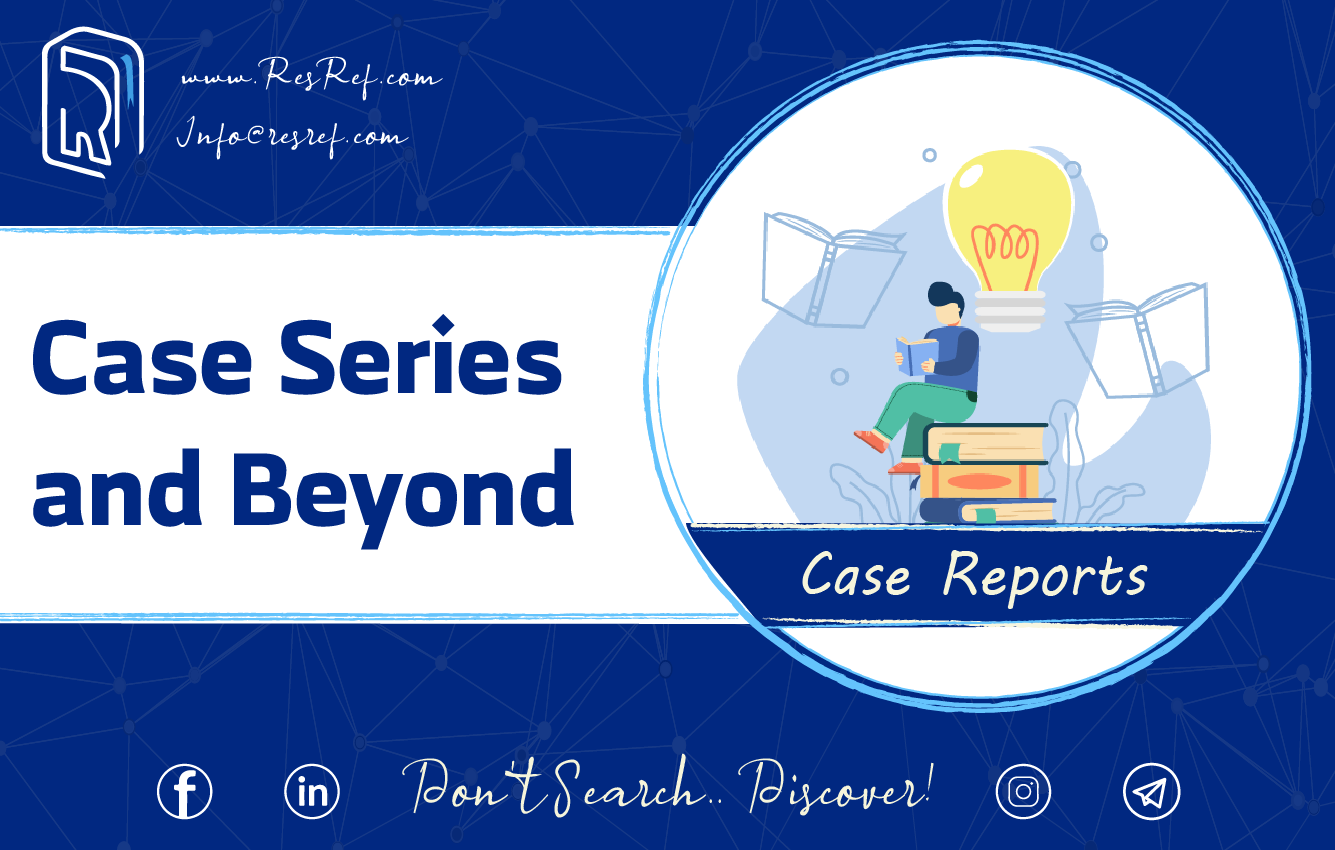

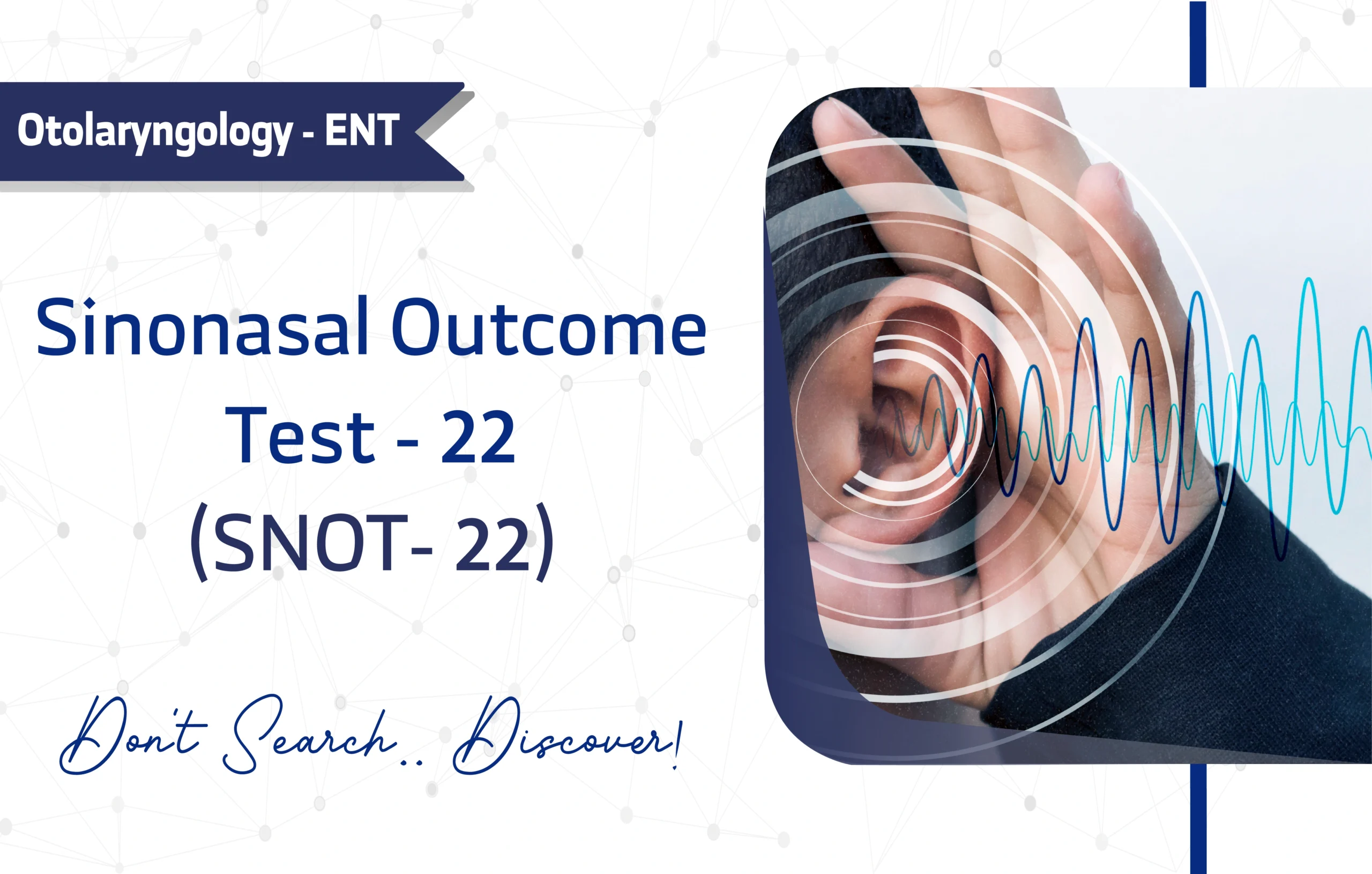
2 thoughts on “Hypoglycemia Fear Survey-II (HFS-II): A Comprehensive Tool for Assessing Hypoglycemia-Related Concerns”
you got a very wonderful website; Glad I found it.
Appreciating the commitment you put into your blog and detailed information you present. It’s awesome to come across a blog every once in a while that isn’t the same out of date rehashed information. Wonderful read! I’ve bookmarked your site and I’m including your RSS feeds to my Google account.